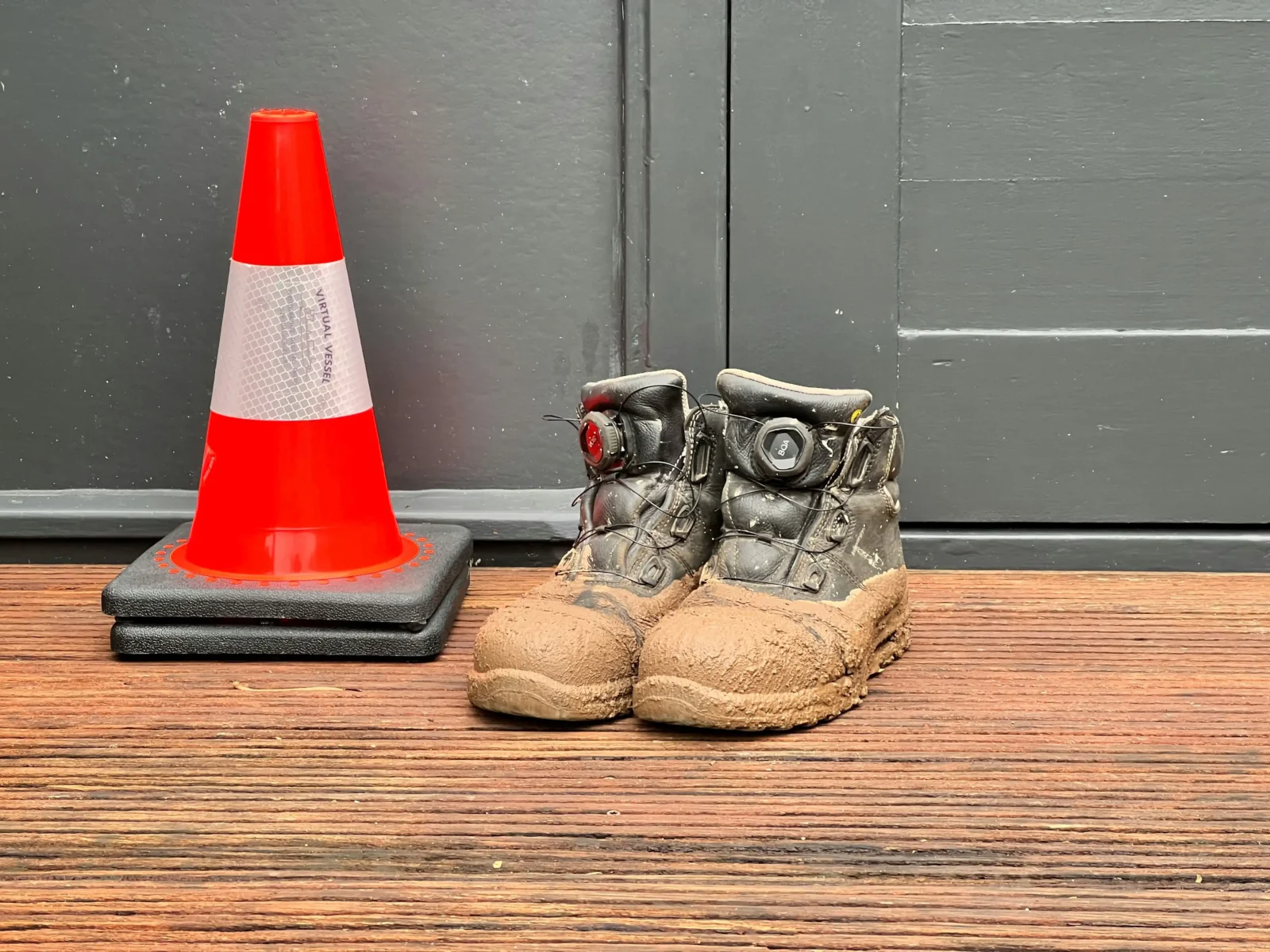- Home
- Articles
- Architectural Portfolio
- Architectral Presentation
- Inspirational Stories
- Architecture News
- Visualization
- BIM Industry
- Facade Design
- Parametric Design
- Career
- Landscape Architecture
- Construction
- Artificial Intelligence
- Sketching
- Design Softwares
- Diagrams
- Writing
- Architectural Tips
- Sustainability
- Courses
- Concept
- Technology
- History & Heritage
- Future of Architecture
- Guides & How-To
- Art & Culture
- Projects
- Interior Design
- Competitions
- Jobs
- Store
- Tools
- More
- Home
- Articles
- Architectural Portfolio
- Architectral Presentation
- Inspirational Stories
- Architecture News
- Visualization
- BIM Industry
- Facade Design
- Parametric Design
- Career
- Landscape Architecture
- Construction
- Artificial Intelligence
- Sketching
- Design Softwares
- Diagrams
- Writing
- Architectural Tips
- Sustainability
- Courses
- Concept
- Technology
- History & Heritage
- Future of Architecture
- Guides & How-To
- Art & Culture
- Projects
- Interior Design
- Competitions
- Jobs
- Store
- Tools
- More
How AI is Revolutionizing the Architecture Industry?

AI is already revolutionizing the architecture industry, and the potential benefits are vast. From automating repetitive tasks to enhancing building performance, AI is changing the way architects design and build structures. As AI technology continues to improve, we can expect to see even more innovative applications of AI in the architecture industry. Artificial Intelligence has the potential to transform almost every industry, and architecture is no exception. AI is already being used to automate time-consuming and repetitive tasks in the industry, and it has the potential to change the way architects design and build structures.
AI can be used to automate repetitive and time-consuming tasks, such as creating and managing building information models (BIMs). BIMs are 3D models that are used to visualize and plan construction projects. AI can help architects create and manage these models more efficiently, saving time and reducing errors. In the future, we may see more automated construction processes powered by AI. This could include the use of robots and other automated systems to construct buildings more efficiently and with greater precision.

AI can also help architects improve design efficiency by automating the process of generating design options. AI algorithms can be used to generate thousands of design options based on specific parameters, such as the site location, budget, and client requirements. This can help architects explore more design options in less time and find optimal solutions faster.
AI can be used to optimize building performance by analyzing data on energy use, occupancy patterns, and other factors. This data can be used to make informed decisions about building design and operations, leading to more efficient and sustainable buildings. For example, AI can be used to optimize heating, ventilation, and air conditioning (HVAC) systems, reducing energy consumption and lowering operating costs. The future of AI in architecture is full of exciting possibilities. As AI technology continues to improve, architects will be able to leverage its capabilities in new and innovative ways. As AI algorithms become more advanced, they will be able to generate even more design options and help architects find optimal solutions faster. This could lead to more efficient and cost-effective design processes. AI will play an increasingly important role in optimizing building performance. By analyzing data on energy use, occupancy patterns, and other factors, AI can help architects design buildings that are more sustainable and energy-efficient.

Do you know that AI improves safety for architecture? It can be used to improve safety on construction sites by analyzing data on worker behavior and identifying potential hazards. AI can also be used to monitor construction progress and identify potential delays or issues, allowing architects and contractors to take corrective action before problems arise. AI can be used to improve safety on construction sites by analyzing data on worker behavior and identifying potential hazards. AI can also be used to monitor construction progress and identify potential delays or issues, allowing architects and contractors to take corrective action before problems arise.
Architects can start by learning AI skills and familiarizing themselves with AI tools and technologies. This includes learning how to use AI-powered design software, such as generative design tools and BIM software, as well as AI-powered analysis tools for building performance optimization. Architects can work with AI by embracing collaboration with AI developers and data scientists. By working closely with these experts, architects can gain a deeper understanding of how AI technology can be used in the industry and develop new ways to leverage AI in their work.

Architects can work for AI by experimenting with new AI technologies and exploring innovative applications of AI in the industry. This can include exploring new AI-powered materials and construction techniques, as well as experimenting with AI-powered design and analysis tools.
Finally, architects can work for AI by staying informed about the latest developments in AI technology and how they can be applied in the architecture industry. This includes attending conferences and events focused on AI and architecture, as well as staying up-to-date with the latest research and trends in the field.

Submit your architectural projects
Follow these steps for submission your project. Submission FormLatest Posts
How DeepSeek AI Is Transforming Architecture and Urban Design Workflows
DeepSeek AI represents a new generation of architectural intelligence, shifting artificial intelligence...
Understanding Site Safety Footwear in Architectural Practice
Architecture is often discussed through drawings, models, and finished buildings, yet a...
General Arrangement Drawings in Architecture: The Backbone of Clear Design Communication
General Arrangement Drawings explained: what they are, when to use them, how...
The Ultimate Guide to Fencing in North Dakota: Choosing the Best Fence for Your Property
Watching a chain link fence twist in 70 mph winds near Minot...












Leave a comment